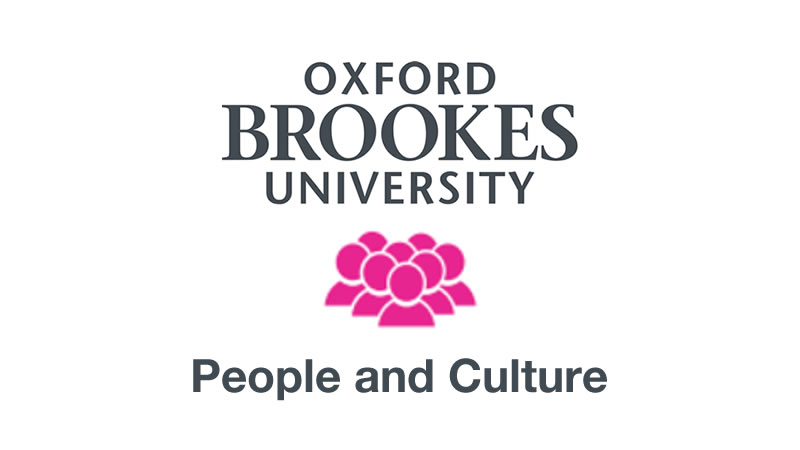Our organisational strategy identifies People and Culture as one of the four pillars fundamental to achieving our Vision for 2035.
Our current People and Culture Strategy was approved by the Vice-Chancellor’s Group in February 2023, to drive the capacity, capability and commitment we need to build the culture that underpins our Vision.
These pages outline the steps we took to develop the strategy and the activities we have taken to achieve our ambitions.

